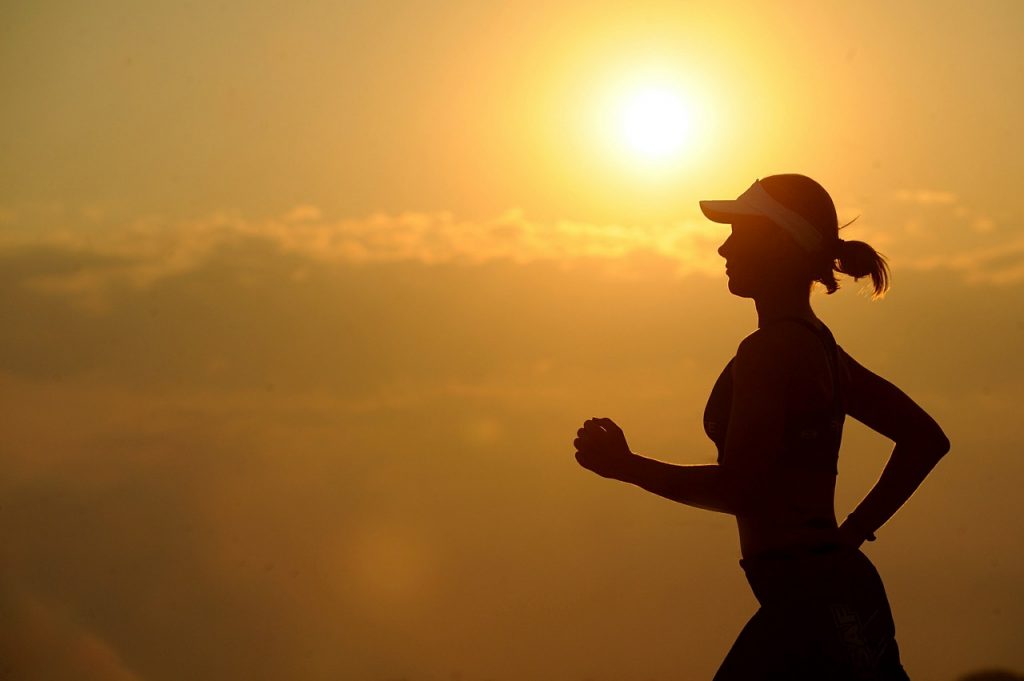Defining Burnout: Lessons from Swimmers
Two and a half decades ago, a defining study in 1997 involving 236 age-group swimmers introduced us to the concept of athlete burnout. It unveiled a mental health disorder characterized by emotional and physical exhaustion, dwindling achievements, and a fading passion for the sport. These symptoms align remarkably well with the definition of occupational burnout. These dimensions can affect athletes to varying degrees.
Elevate your running game with Tarkine Trail Devil, where every step is a testament to exceptional performance and unmatched comfort.
There are culprits in the shadows, and their names are early specialization and the intensity of competition. Adolescent athletes engaged in year-round training and singular sports dedication face an elevated risk of burnout, sometimes leading to their abandonment of the sport. Recent findings from The British Journal of Sports Medicine (2020) underscore that certain personality traits conducive to athletic success can also be associated with mental health disorders, amplified by the intense culture of sports.
Detecting Burnout: A Roadmap
How can we spot burnout? A study published in the International Journal of Environmental Research and Public Health offers valuable guidance. It points to affective issues like low mood, hostility towards training environments, distracted focus, memory lapses, and feelings of helplessness as early indicators. Physical symptoms such as fatigue and increased vulnerability to injuries are next in line, sometimes even leading to consideration of doping. The final stage manifests as behavioral problems, including absenteeism and poor sports performance, culminating in withdrawal from the sport.

Goal-Oriented Anxiety: A Hurdle
Some athletes develop anxiety around their goals, fixating on specific paces and finishing times. While the advice often given is to “focus on the process,” shedding fear-driven responses can be easier said than done when you’re deeply entrenched in them. What was once an exciting aspiration can become a source of anxiety, slowly eroding the athlete’s love for the sport.
View this post on Instagram
A common misconception is that quitting the sport entirely is the answer to burnout. However, numerous studies have shown that leaving the sport exacerbates mental and moral struggles. So, what is the right path to recovery?
Science-Backed Solutions: A Way Forward
A meta-analysis in 2022 revealed that cognitive-behavioral therapy and mindfulness-based interventions are effective in reducing burnout dimensions. Cognitive-behavioral therapy, involving activities like journaling, goal setting, cognitive relabeling, and situational exposure, proved particularly effective in reducing emotional and physical exhaustion. However, mindfulness-based interventions, such as meditation and body scanning, also showed promise compared to no psychological intervention.
Online vs. Traditional Interventions
Surprisingly, online interventions outshone traditional face-to-face methods. This shift in preference is attributed to the openness brought about by the COVID-19 pandemic, highlighting the efficacy of online mental health interventions in helping athletes cope with psychological stressors, no matter where they are located.
A recent study from 2023 tested a mindfulness-based stress reduction program on both high-level athletes and recreationally active adults. The results were encouraging, with both dynamic (mindful yoga) and static (body scanning) strategies improving psychological and physical well-being. Notably, the impact was more lasting in elite athletes, suggesting that recreational athletes may benefit from more extended mindfulness programs.
Conclusion: A Holistic Approach
In conclusion, every athlete, regardless of their level, seeks growth and should prioritize mental health. Instead of immediately walking away from the sport, athletes can benefit from implementing positive psychology tools, whether online or face-to-face, to enhance their relationship with sports and improve every aspect of their lives. Recognizing burnout as a challenge and addressing it proactively can lead to a more fulfilling athletic journey.

















